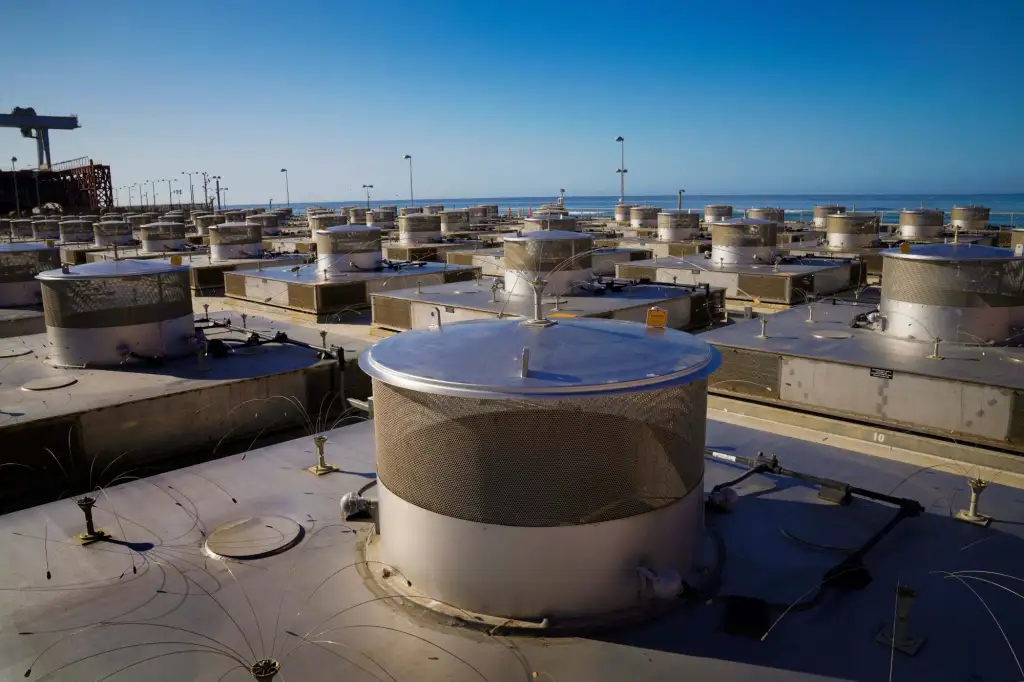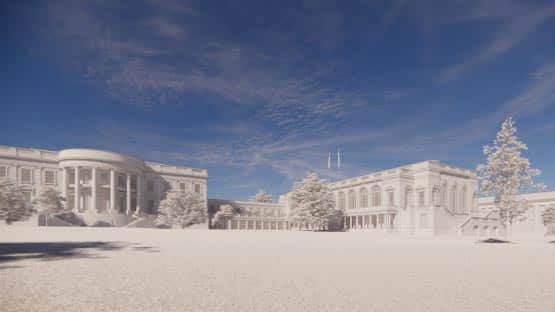Copyright San Diego Union-Tribune

Southern California Edison, the utility that operates the now-shuttered San Onofre Nuclear Generating Station, has released to the public some 1,749 images taken by robotic cameras during inspections of canisters enclosed in casks that store radioactive waste at the plant. The photos show dust, scratches, stains and streaking from rainwater but Edison officials say the stainless steel canisters have not suffered damage or stress corrosion cracking that could pose a safety risk to the public. “Our canisters are as dry as King Tut’s tomb,” Jerry Stephenson, Southern California Edison’s engineering manager, said last week during a seminar in San Clemente hosted by the utility’s Community Engagement Panel. Stephenson said “all the canisters are in good condition,” don’t require any repairs, “will last a very long time” and many of the scratches are merely the width “of three sheets of copy paper.” The seminar also included a presentation by James Burns, a professor of engineering at the University of Virginia who has done work for NASA and the federal government, to provide third-party expertise. A select number of canisters are inspected periodically through a protocol called the Aging Management Program at the San Onofre facility, or SONGS for short. “With the inspections that are being done and the ability to be responsive to those inspections, I think (the canisters at San Onofre) can be continued to operate in that paradigm indefinitely,” said Burns, who joined by remote video. Two canisters are inspected every five years under the Aging Management Program. Thus far, 10 have been inspected from a site at the north end of SONGS that holds the canisters in vertical cavities. Two others have been inspected at an adjacent storage site that holds canisters horizontally. Edison’s release of the 1,749 images came after a request from Gary Headrick, a longtime attendee of Community Engagement Panels and co-founder of the environmental group San Clemente Green. “This is what trust looks like,” Headrick said. “It’s not just about showing pictures, it’s about showing good faith. When the public and the experts can look at the same facts together without filters or secrecy, that’s when real safety begins.” Others still voiced concerns. “San Onofre has become a de facto nuclear waste dump site for the foreseeable future,” said Alice McNally of Del Mar. “Spent nuclear fuel is the most toxic material known to man and remains active for hundreds of thousands of years.” Charles Langley, executive director at Public Watchdogs and longtime critic of Edison’s management at SONGS, said he was bothered by the number of canisters with marks on them. “I question their analysis of the health of those containers, based on the photographs that they provided,” Langley said in a phone interview this week. “The other thing that was troubling was that these so-called scratches look like really deep gouges in some of the photos.” Although SONGS is being decommissioned and has not produced electricity since 2012 after a leak in a steam generator tube led to its closing, 3.55 million pounds of spent fuel are stored at the site. The plant is in the sixth year of dismantling above-ground structures, which is scheduled to wrap up by the end of 2028. All told, there are 123 canisters of nuclear waste at SONGS, dating from the time when the plant produced electricity. Another 12 canisters are filled with radioactive debris from the dismantlement work. The canisters rest a little more than 100 feet from the Pacific, protected by a seawall. SONGS is hardly unique. Roughly 91,000 metric tons of spent fuel that has accumulated over the years by commercial nuclear power plants in 35 states are stored in similar fashion at plants across the country. That’s because the federal government has not found a place for the waste to go. Yucca Mountain in Nevada had been slated as a permanent waste site but the Obama administration cut off funding for Yucca in 2010, after years of protests from lawmakers in the Silver State who had long opposed the project. With Yucca off the table, federal officials have gone back to the drawing board, looking at potential sites to accept some or all of the country’s commercial spent fuel, either on an interim (still-to-be-determined period) or permanent basis. Last week’s seminar by Edison came on the heels of a recent session of the Irvine City Council convened by Mayor Larry Agran, who called on his colleagues to adopt a “Plan B” to study the SONGS nuclear waste issue. “We need a local plan that once implemented, would safeguard us in Southern California for 100 years or more, even if no federal repository is forthcoming,” Agran said, according to the Orange County Register. Agran has suggested moving the canisters at SONGS to higher ground on the inland side of Interstate 5 at Camp Pendleton to better protect them from floods, earthquakes, tsunamis or potential terrorist attacks.



